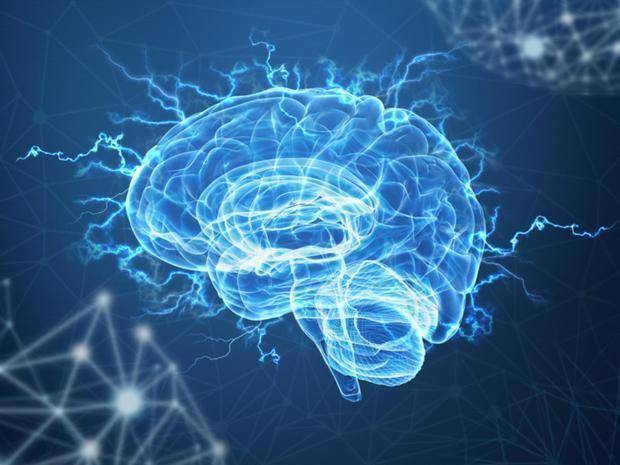Instead of negatively affecting brain responses to such objects, reading causes increased brain responses to them, according to the study published in the journal Science Advances, Cosmos Magazine says.
Learning to read causes the development of a letter- and word-selective brain region known as the visual word form area (VWFA). However, some researchers have claimed that the development of this area takes up space that is otherwise available for processing objects.
To decipher what really happens, researchers led by Alexis Hervais-Adelman from the Max Planck Institute for Psycholinguistics in the Netherlands recruited 29 completely illiterate adults from two rural villages near Lucknow in northern India for a six-month literacy training program.
The participants learned to read and write the alphabet, two-letter and three-letter words and sentences, including basic grammar rules such as verbs, nouns, pronouns, tense and gender in Devanagari script, the writing system for Hindi, the local language.
The researchers then used functional magnetic resonance imaging (fMRI) to examine how their brains changed as they learned to read and write, comparing the cohort with both an illiterate group from the same area that received no literacy training and a literate group.
They found no evidence that brain areas for responding to non-word objects shrank in the brains of participants in the literacy program. Instead, reading reuses the same brain areas that are usually used for processing objects, keeping such areas intact.
More about: brain
















































